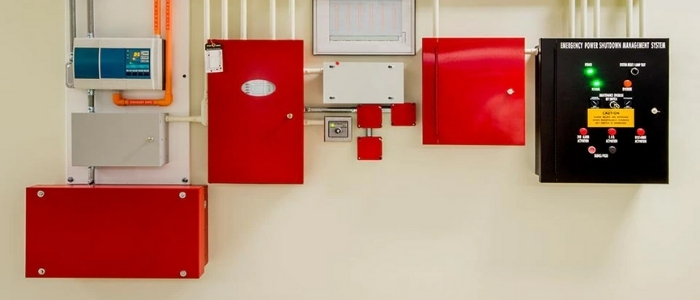
Fire monitoring systems are designed to discover fires early in their development when the time will still be available for the safe evacuation of occupants. Early detection also plays a significant role in protecting the safety of emergency response personnel. Human and property loss can be reduced and downtime for the operation minimized through early detection because control efforts are started while the fire is still small. Most alarm systems provide information to emergency responders on the location of the fire, speeding the process of fire control.
To be useful, detectors must be coupled with alarms. Alarm systems provide notice to at least the building occupants and usually transmit a signal to a staffed monitoring station either on or off-site. In some cases, alarms may go directly to the fire department, although in most locations this is no longer the typical approach.
Fun fact- Did you know that there are actually four different types of fire monitoring systems that are used to sense the presence of a fire? The best way to determine which kind of fire monitoring system is the right choice for your business or building is to understand the differences between them. The four various types of the fire monitoring system are ionization/photoelectric, photoelectric, ionization, and heat. The differences in these four types are found in how they detect a fire – heat is obviously triggered by temperature while the other three are from the smoke.
Ionization Ionization fire monitoring systems actually have a constant electrical current running between two metal plates inside of the device. The electrical current is disrupted when smoke enters the device chamber and triggers the alarm. This type of detector is great for quickly identifying fires that are fast-burning.
Photoelectric Photoelectric detectors work similarly to Ionization detectors, but with a beam of light instead of electricity. When smoke enters the chamber, the light beam is scattered, which then triggers the alarm. This type of device is good at identifying smaller fires than an ionization detector. They are known to be highly reliable and rarely produce false alarms.